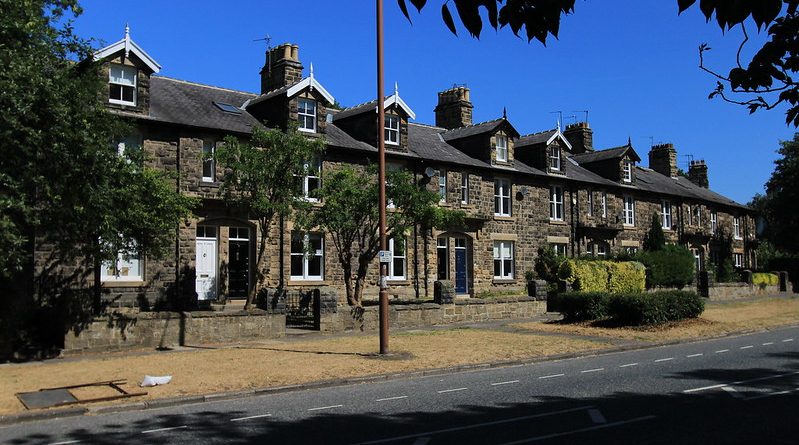Spiritual home: Avalonian Glastonbury
History Facts
Where: Glastonbury, Taunton, Southwest England
When: 6th – 7th Century
History: Resting place of mythical King Arthur, the holy chalice and the centre for English mysticism
Go there for: A healing experience and a sense of magic
Glastonbury is the undisputed centre of spiritual England and is considered one of the oldest religious sites in the country. Pagan and Christian pilgrims have flocked to Glastonbury for centuries and even today it’s frequented by spiritual tourists and new age travellers.
What happened here?
Glastonbury is a mystical place of legends. Some claim that Joseph of Arimatheabrought the holy chalice that was used at theLast Supper to Glastonbury. Others assert that King Arthur, a mythical ruler from the 6th century whose name is synonymous with all that is good and true, came to Glastonbury in search of the Holy Grail.Glastonbury Tor (Celtic for ‘hill’) has also been implicated as the Isle of Avalon, the vale between this world and the next. There is indeed a great deal of archaeological evidence to suggest that Glastonbury was a site of pre-Christian ritual, but pilgrims and new age enthusiasts can do little more than speculate on the real significance of this magical place.
The first evidence of a church on the site of Glastonbury Abbey dates back to the 7th century, when King Ine ordered that a monastery be built here. The original church was destroyed in a fire in 1184, and the Abbey was rebuilt in the reign of King Henry II. In 1191, after several monks claimed to have had visions that King Arthur was buried in the grounds of the Abbey, excavations uncovered their alleged tombs. The regal pair were re-interred before the high altar in 1278, but with the dissolution of the monasteries by Henry VIII in 1539, all traces of the tomb disappeared and the Abbey itself fell to ruin.
Glastonbury Tor is a small hill 500ft high, at the summit of which stands the remains of the medieval church of St Michael. The last Abbot of Glastonbury was executed on the Tor by Henry VIII, but these days it’s a great place from which to look out at the scenic surrounding countryside.
What’s there to see & do?
– The ruins of Glastonbury Abbey are open daily, and you can still see the Lady Chapel, the Abbot’s Kitchen and the supposed spot where Arthur and Guinevere were buried.
– Glastonbury Tor is open to visitors throughout the year, and it takes just 25 minutes to climb to the summit. You can survey the countryside for mile around and inspect the intricate carvings of St Michael at the base of the tower.
– White Spring is a natural water source, which flows into a cavern at the foot of Glastonbury Tor. It’s an ideal spot to take in the atmospheric surroundings and refreshments are available at the café here. Chalice Well on Chilkwell Street has long been associated with powers of healing, for those who sip the water which cascades through the Lion’s Head spout.
– Glastonbury Festival, Europe’s biggest arts and music festival, is a summer music event that takes place in the village of Pilton, 8 miles from Glastonbury. Thousands of music fans and new age travellers flock to see headlining acts and experience three days of (moderately) alternative living.
– Glastonbury town is a Mecca for new age and healing activities. Nowadays, you’ll see more tourist buses that genuine spiritualists but it’s a good place to go shopping for crystal healings and alternative therapies – you’ll be spoilt for choice.
MORE INFORMATION
Glastonbury
Comprehensive tourist information on the historic town of Glastonbury and the surrounding area.
Glastonbury Festival
Lively site listing the latest line-up for this year’s festival, plus useful information on how to get there and how to make the most of the event
main image: The Last Sleep of Arthur in Avalon by Edward Burne-Jones – Scanned from Christopher Wood, Burne-Jones, Phoenix Illustrated, 1997
By Jess Halliday




